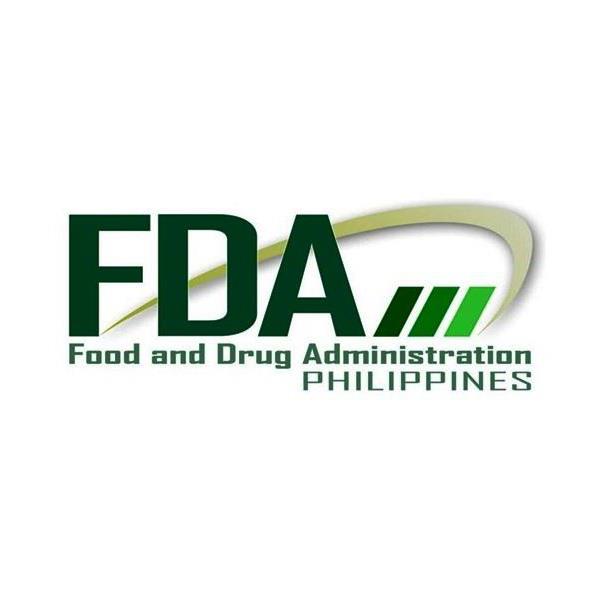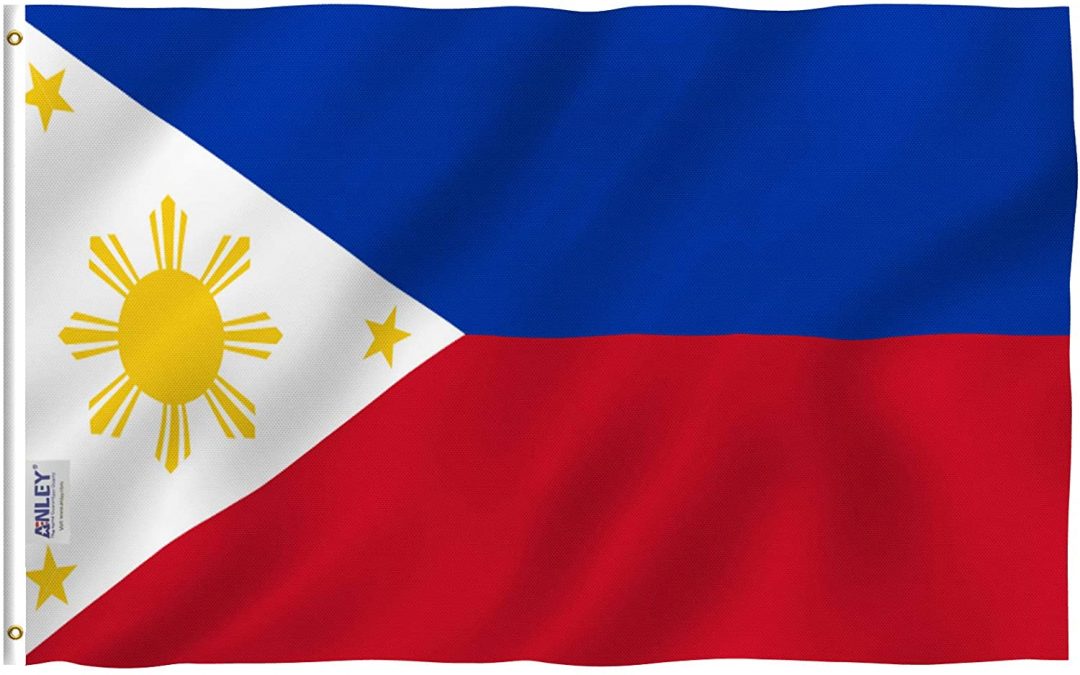The Philippines Food and Drug Administration (FDA) has published a circular implementing the interim guidelines describing the conduct of licensing inspections for radiation facilities. In the case of any discrepancies, the provisions of the new circular shall prevail. Due to the importance of the measures, the circular is subject to immediate implementation. However, the FDA Philippines reserves the right to make necessary amendments or issue additional guidelines, recommendations, and clarifications.

Regulatory Background
The present Circular issued by the Philippines FDA is intended to introduce special extraordinary measures associated with the outbreak of the Coronavirus Disease 2019 (COVID-19) caused by the virus SARS-CoV-2 or the “novel coronavirus”. Earlier in 2020, the regulating authority has also adopted a circular 2020-006, according to which the acceptance of initial applications of radiation facilities and subsequent licensing activities should be suspended. Later the Inter-Agency Task Force (IATF) has downgraded the community quarantine level to General Community Quarantine (GCQ), consequently, the authorization procedures could be resumed, providing that all necessary measures are taken to ensure the safety of the FDA personnel and the appropriate level of its protection. The present Circular 2020-035 introduces the interim guidelines for Health Physics teams of the Center for Device Regulation, Radiation Health, and Research (CDRRHR) of the Philippines FDA with regard to the pre-licensing inspections of the radiation facilities carried out in the context of the quarantine restrictions.
The scope of the circular covers the inspections to be carried out for the radiation facilities applying for state authorization. In particular, such facilities include:
- Diagnostic X-ray facilities,
- Therapeutic X-ray facilities utilizing Medical Linear Accelerators,
- Dental X-ray facilities,
- Industrial and anti-crime X-ray facilities,
- Education and research X-ray facilities,
- Veterinary X-ray facilities,
- Transportable X-ray facilities,
- Magnetic Resonance Imaging facilities.

Philippines FDA Interim Guidelines
The most important change implemented by the new Circular relates to the renewal of pre-licensing inspections for certain types of radiation facilities. In particular, such inspections should be resumed for Therapeutic X-ray facilities utilizing Medical Linear Accelerators, while for other types of facilities the temporary suspension of pre-licensing inspections remains valid. At the same time, the authority also resumes the acceptance of initial applications for some other types of radiation facilities.
In order to ensure the protection and safety of the FDA Philippines personnel engaged in pre-licensing inspections for radiation facilities, such inspections should be carried out in a remote format with the use of novel informational and communicational technologies (on-line). Annex B to the Circular describes the related procedures in detail.
The authority also emphasizes that the radiation facility applying for authorization shall pass the appropriate process in accordance with the risk-based approach. As an additional measure to verify the authorization, a post-licensing inspection for the radiation facility should be duly carried out as soon as the quarantine restrictions would cease to exist.
Interim Radiation Facility Authorization Process During COVID-19 Outbreak
The first annex to the present FDA Philippines circular (Annex A) is dedicated to the authorization process to be applied for radiation facilities in the context of the COVID-19 outbreak and temporary quarantine restrictions associated thereto. Annex A introduces three different authorization track, each having a specific scope of application, namely:
- Authorization track A should be used for therapeutic X-ray facilities,
- Authorization track B covers the radiographic/fluoroscopic machines (both stationary and mobile), cardiac catheterization machines, general radiography, dental panoramic/CBCT/Cephalometric X-ray machines, transportable X-ray facilities, as well as industrial and anti-crime X-ray facilities.
- Authorization track C is intended for the computed tomography and similar machines.
Each of the aforementioned tracks prescribes specific authorization processes and procedures. In particular, authorization track A provides that authorization should be issued to the radiation facility upon successful completion of the pre-licensing online or virtual inspection in accordance with the procedure set forth by the Annex B to the present Circular. The authorization track B provides that the applicant shall provide a self-assessment form together with the other documents to be provided under the general rules. For this type of authorization, an additional on-site inspection is also required. However, it would be actually carried out only upon termination of the COVID-related quarantine restrictions.
In case of authorization track C, besides the self-assessment form, the applicant would also have to provide the radiation scatter and leakage test as a part of the performance testing. Moreover, the applicant shall also provide a notarized Affidavit of Undertaking indicating that the applicant would engage the third party technical service provider for carrying out the performance testing.
The most strict requirements are provided for authorization track D – the authority states that issuance of authorization shall be done after submission of usual licensing requirements to be verified through post-licensing inspection after lifting of quarantine measures.

Virtual Inspection Procedures for a Therapeutic X-ray Facility
Besides the aforementioned aspects, the present circular also describes the virtual inspection procedures for a therapeutic X-ray facility. In particular, the authority provides the following flow:
- The applicant shall file the complete submission in accordance with the “Requirements for the Operation of Therapeutic X-ray Facility Utilizing Medical Linear Accelerators”.
- The regulating authority would review the submission to evaluate its compliance with the aforementioned requirements.
- The authority also expects the applicant to provide a self-assessment checklist.
- Apart from providing the requested documentation via email, the applicant shall also upload the documentation to the Google Drive folder and provide access to the regulating authority.
- According to the rules, the regulating authority would notify the applicant about the upcoming inspection one week in advance. The virtual inspection would actually take 2 days.
- The virtual inspection of the radiation facility would be initiated by the health physics team.
- During the virtual inspection, the health physics team would carry out the interview of the key persons of the applicant entity, including the Radiation Protection Officer (RPO) and representatives from the management.
- In certain cases, the health physics team may ask the representatives of the applicant participating in the virtual inspection to perform a tour of the facility.
- The Google Drive folder could be used to share the documents with the regulating authority.
- On the second day of the inspection, the health physics team would review the documents uploaded to the folder and provide the applicant with feedback on the same day.
The aforementioned procedure should be carried out during the pandemic instead of the usual on-site inspections in order to avoid exposure of the FDA personnel to the risks associated with the infection.
Summarizing the information provided here above, FDA Philippines introduces virtual inspections to be carried out unless the COVID-related quarantine restrictions would be terminated. The circular issued by the regulating authority also describes applicable frameworks for different types of medical devices.
How Can RegDesk Help?
RegDesk is a next-generation web-based software for medical device and IVD companies. Our cutting-edge platform uses machine learning to provide regulatory intelligence, application preparation, submission, and approvals management globally. Our clients also have access to our network of over 4000 compliance experts worldwide to obtain verification on critical questions. Applications that normally take 6 months to prepare can now be prepared within 6 days using RegDesk Dash(TM). Global expansion has never been this simple.
Sources:
https://www.fda.gov.ph/wp-content/uploads/2020/12/FDA-Circular-2020-035.pdf

